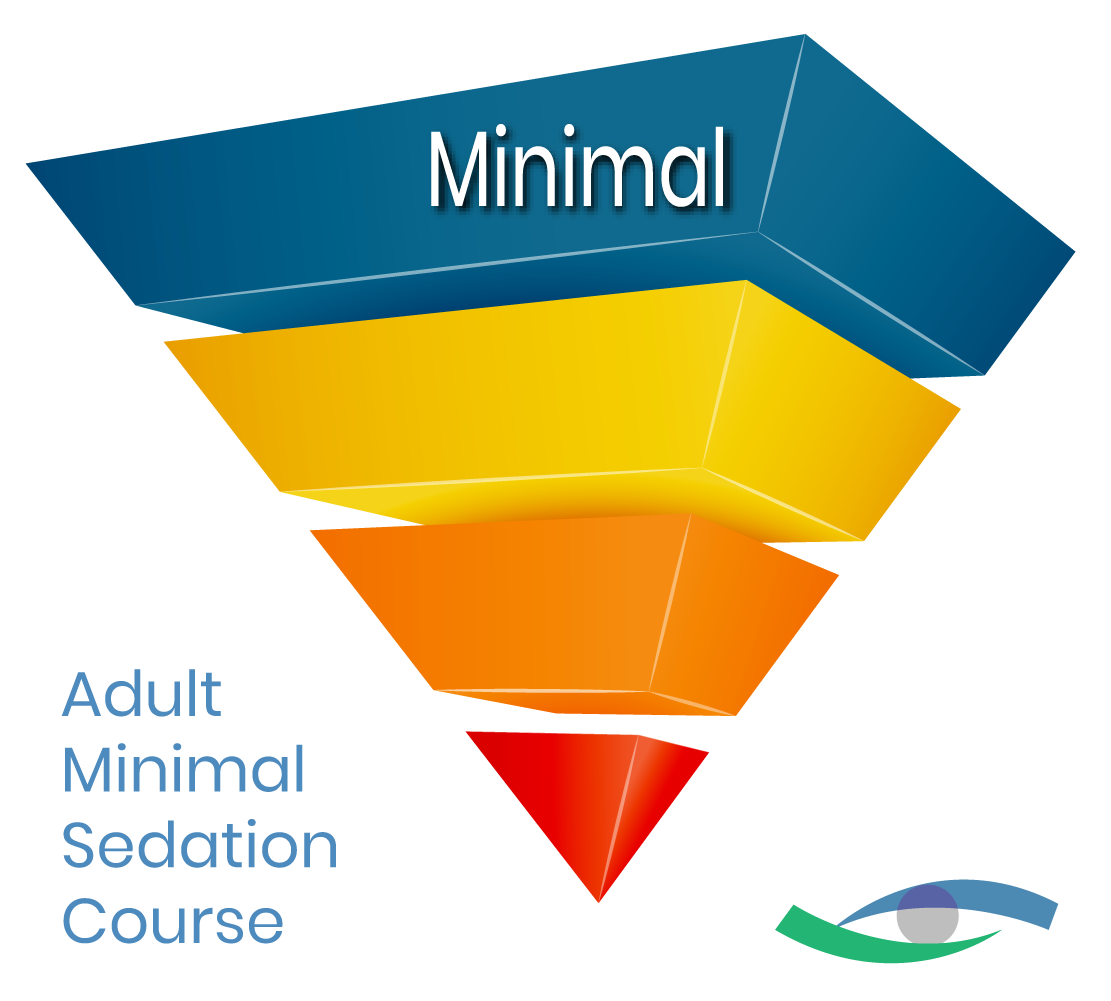Description
Safe Procedural Sedation
In the Minimal Sedation course, students learn how to develop a plan for a safe procedure and to identify the signs that indicate that a patient has moved from minimal to moderate sedation. Students also learn the 4 levels of sedation as defined by the American Society of Anesthesiologists (ASA), how to chart vital signs and how to actively manage a patient discharge. The use of sedation drugs outside of the operating room has expanded dramatically in recent years and it is becoming increasingly important for the non-anesthesiologist healthcare professional to fully understand every aspect of procedural sedation.
Pre-Test
Students initially complete a 10 question pretest which will establish their current basic knowledge of procedural sedation and analgesia (PSA). There is no pass/ fail of the pretest, it is merely a tool to collect baseline data on current level of sedation understanding and practice.
Scenario based education
The Minimal Sedation Course provides a scenario based learning format which is interactive, fluent, and more engaging for the learner. “Real Life” scenarios are presented, each addressing the Pre-Intra and Postprocedure phases of the procedural sedation and analgesia procedure, but each scenario also contains a critical thinking element from a complication
Airway management
According to ASA guidelines, a healthcare provider needs to be able to resuscitate a patient from a level of sedation above the level of sedation they are providing. For minimal sedation, this means that the student must have adequate training in basic airway management skills. For this reason, the student is required to have a current Basic Life Support (BLS) card.
Course Evaluation
Prior to getting certified in Minimal Sedation, the student is required to provide us with an evaluation of the course, determining if the course met their expectations and what improvements might be recommended.
Adult Minimal Sedation Course
Educational Objectives
After completing this activity, the participant should be better able to:
- Describe personnel, equipment, and safety requirements for minimal sedation
- Identify “Red Flags” on physical exam and designate an ASA physical classification
- Create a safety plan for minimal sedation
- Describe the pharmacology of sedation agents, dosing, reversal agents and contraindications
- Recognize and treat common adverse reactions/over-sedation
- Demonstrate active management of recovery with early identification and anticipation of issues
- Demonstrate closed loop communication pre-procedure, intra-procedure and post procedure
Course Outline
- Introduction
- Pre-test
- Patient scenarios
- Post-test
- Course evaluation
Certification
- CE/CME distribution
- Proof of BLS Certification
- Student is Certified in:
NSC Foundational Knowledge:
Adult Minimal Sedation

